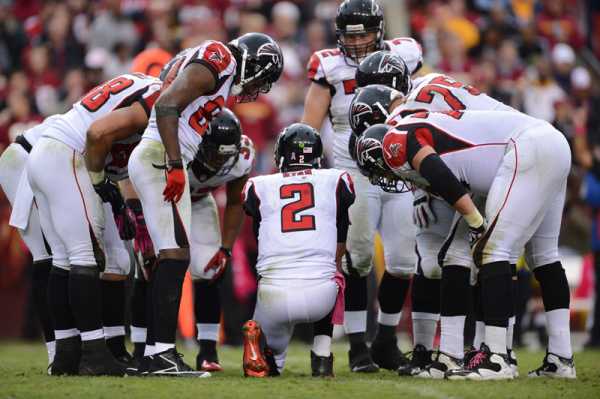The overhead is essentially a doubles shot, because in singles thechances of passing the net man are greater than lobbing over his head,while in doubles two men cover the net so easily that the best way to openthe court is to lob one man backIn smashing, the longest distance is the safest shot since it allows agreater margin of error. Therefore smash cross court when pressed, butull your short lobs either side as determined by the man you are playingNever drop a lob you can hit overhead, as it forces you back and givesthe attacking position to your opponent. Never smash with a reverse twist,always hit with a straight racquet face and direct to the openingClosely connected to the overhead since it is the usual defence to anyhard smash, is the lobA lob is a high toss of the ball landing between the service-line and thebaseline An excellent lob should be within 6 feet of the baselineLobs are essentially defensive. The ideas in lobbing are: (1) to giveyourself time to recover position when pulled out of court by youropponent's shot, (2)to drive back the net man and break up his attack (3)to tire your opponent; (4)occasionally to, win cleanly by placement. Thisis usually a lob volley from a close net rally, and is a slightly differentstrokeThere is(I)the chop lob, a heavily under-cut spin that hangs n the airhis, is the best defensive lob, as it goes high and gives plenty of time torecover position.(2)The stroke lob or flat lob, hit with a slight top spinThis is the point-winning lob since it gives no time to, the player to runaround it, as it is lower and faster than the chop. In making this lob, startyour swing like a drive, but allow the racquet to slow up and the face totilt upward just as you meet the ball. This, shot should seldom go above 10feet in the air, since it tends to go out with the float of the ball.The chop lob, which is a decided under cut, should rise from 20 to 30feet, or more, high and must go deep. It is better to lob out and run youropponent back, thus tiring him, than to lob short and give him confidenceby an easy kill. The value of a lob is mainly one of upsetting youropponent, and its effects are very apparent if you unexpectedly bring offone at the crucial period of a match.

owe one of my most notable victories to a very timely and somewhatlucky lob. I was playing Norman E. Brookes in the fifth round of theAmerican Championships at Forest Hills, in 1919. The score stood one setall, 3-2 and 30-15, Brookes serving. In a series of driving returns from hisforehand to my backhand, he suddenly switched and pounded the ball tomy forehand comer and rushed to the net. I knew Brookes crowded the net,and with 40-15 or 30-all at stake on my shot, I took a chance and tossedthe ball up in the air over Brookes head. It was not a great lob, but it was agood one. For once Brookes was caught napping, expecting a drive downthe line. He hesitated, then tumed and chased the ball to the back stop.missing it on his retum. I heard him grunt as he tuned, and knew that hewas badly winded. He missed his volley off my return of the next service.and I led at 30-40. The final point of the game came when he again threwme far out of court on my forehand, and, expecting the line drive again,crowded the net, only to have the ball nise in the air over his head. Hemade a desperate effort at recovery, but failed, and the game was mine: 3all. It proved the turning-point in the match, for it not only tired Brookes,but it forced him to hang back a little from the net so as to protect hisoverhead, so that his net attack weakened opportunely, and i was able toose out the match in 4 setsAnother famous match won by a lob was the Johnston-KingscoteDavis Cup Match at Wimbledon, in 1920. The score stood 2 sets all, and5-3 Kingscote leading with Kingscote serving and the score 30-allJohnston served and ran in. Kingscote drove sharply down Johnston'sforehand side-line. Johnston made a remarkable recovery with a halfvolley, putting the ball high in the air and seemingly outside. A strongwind was blowing down the court and caught the ball and held its fight. Itfell on the baseline. Kingscote made a remarkable recovery with a fine lobthat forced Johnston back. Kingscote took the net and volleyed decisivelyto Johnston's backhand. Johnston again lobbed, and by a freak ofcoincidence the ball fell on the baseline within a foot of his previous shot.Kingscote again lobbed in retum but this time short and johnston killed itJohnston ran out the game in the next two pointsIf a shot can win two such matches as these it is a shot worthleaning to use. and knowing when to use. The lob is one of the mostuseful and skilful shots in tennis. It is a great defence and a fine attackThe strokes already analysed drive, service, volley. overhead and lobare the orthodox strokes of tennis, and should be at every playerscommand. These are the framework of your game. Yet no house iscomplete with framework alone. There are certain trimmings, omamentsand decorations necessary. There are the luxuries of modern improvementsand tennis boasts of such improvements in the modern gameAmong the luxuriesthe eccentricities of the modern gamene finds(1) the chop stroke, (2)the slice stroke (a close relative), (3)thedrop shot, (4)the half-volley or trap" shot.All these shots have their use. None should be considered a stock shot
